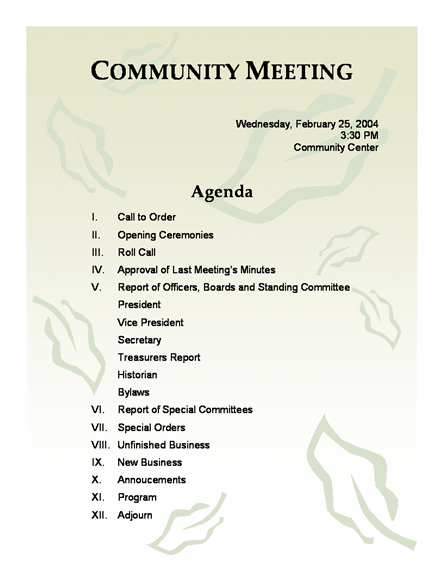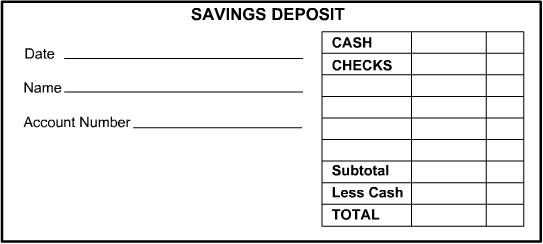Notary
1. Define notarization
Notarize: to certify (a document, contract, etc.) or cause to become certified through a notary public.
2. List the purpose of notarization.
The purpose of having a legal document notarized is to ensure the authenticity of the signatures that appear on the document.
3. Identify the responsibilities of a notary.
A notary is responsible for witnessing a signature, certifying a copy, administering an oath or affirmation, performing weddings, and delivering absentee voting ballots.
4. List the process to become a notary.
- Decide if you want legal training.
- Determine whether your criminal record could leave you ineligible, if applicable.
- Figure out if your state requires any notary classes before you apply
- Take the state-mandated notary exam, if necessary
- Check with your State officials to determine who is responsible for your licensing.
- Apply.
- Await an acceptance or rejection from the appropriate state department.
- Comply with all laws of your State as they apply to the Notary.







